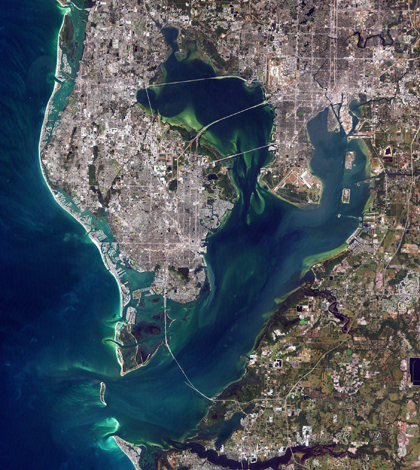
These methods synthesize a long-term monitoring dataset collected since 1975 to report on annual water quality conditions in the Bay. This Shiny dashboard is a modern implementation of historical methods to report on water quality conditions in Tampa Bay. reduced chlorophyll-a concentrations and increased water clarity). Because excessive nitrogen loads to the bay generally lead to increased algae blooms (higher chlorophyll-a levels) and reduce light penetration to seagrass, an evaluation method was developed to assess whether load reduction strategies are achieving desired water quality results (i.e.

Light availability to seagrass is the guiding paradigm for TBEP's Nitrogen Management Strategy. TBEP coordinates the overall protection and restoration of the bay with assistance and support from its many formal and informal partners.

Information from this application informs the management of environmental resources for the region under direction of the Tampa Bay Estuary Program.įull Description: Tampa Bay (Florida, USA) was designated an "estuary of national significance" by Congress in 1990, paving the way for development of a long-term blueprint for bay restoration through the Tampa Bay National Estuary Program (TBEP). Abstract: This application synthesizes a 45 year record of water quality data from Tampa Bay, Florida, USA.


 0 kommentar(er)
0 kommentar(er)
